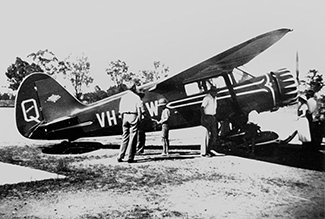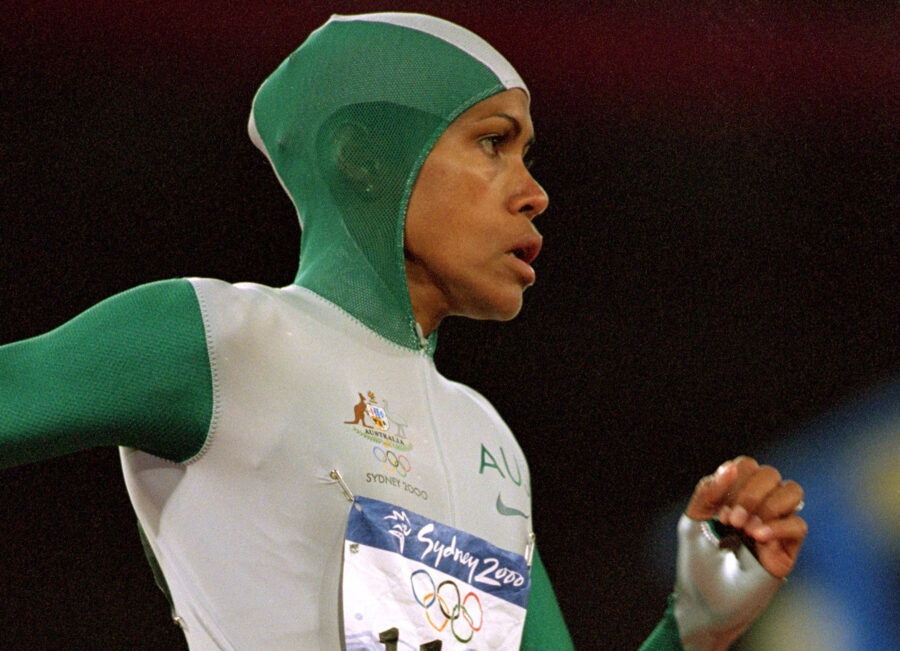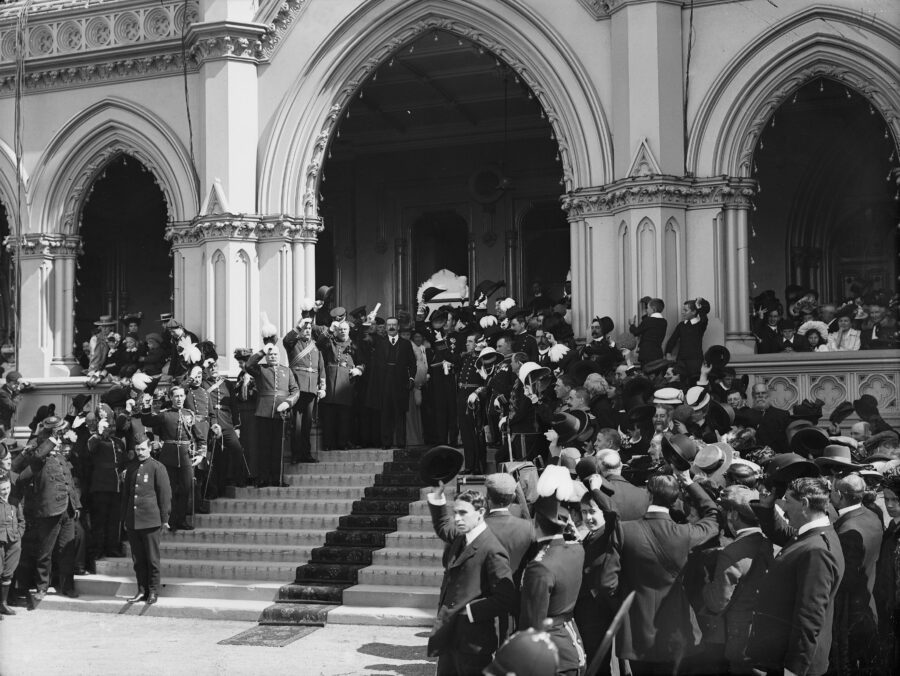On this day in history: WWII Broome air raid

ON 3 MARCH 1942, as the steamy summer wound down in Broome, WA, the world was in the midst of World War II, and Japanese imperial expansion in the Pacific seemed to have no limits.
The Japanese were preparing for an invasion of PNG, a campaign that would give rise to the famous Kokoda Track.
Darwin had been attacked by 188 aircraft and hundreds of bombs roughly two weeks earlier. The death toll there had been 243, with another 300-400 wounded. For the very first time Australians had to face the fact that they would be fighting WWII in their own territory.
On 3 March the small pearling town of Broome would be the next Australian city to feel the heat of war.
Broome’s location between Indonesia (then known as the Dutch East Indies) and the rest of mainland Australia meant it turned from a small-time town into a burgeoning military base by early 1942.
Broome: strategic city in the cross hairs
Facilities in Broome were being used for refuelling aircraft, many of which at the time couldn’t make the long trips from Indonesia to the main cities of Australia.
“Broome was of great strategic significance,” says Dr Karl James, a historian in the Military History Section of the Australia War Memorial.
In a two-week period during February-March 1942, Broome was the stopover for more than a thousand refugees, the mostly from Java, which had been impacted by the war.
But just after 9am on 3 March, nine Japanese warplanes and a reconnaissance plane reached the flying boat anchorage at Roebuck Bay (now a bird haven) in Broome and the RAAF base at Broome Airfield. The enemy planes strafed aircraft on the ground and engaged those in the air, including a USAAF B-24A Liberator full of wounded personnel.
Later the bodies of 30 Dutch civilians were found, making the official death toll 88, though it may have been higher. “With the Dutch civilians, we’re not sure how many died,” Karl says.
Boome air raids take an emotional toll
But the loss was more than just numbers.
“Broome had that emotional element to it, because of the Dutch civilians, especially women and children who were killed. There were many personal relics, children’s toys and homeware, and it’s this civilian element which makes it very powerful.”
The Allies had no fighter planes in Broome, as the RAAF had to cover the entire northern coastline of Australia, making it exposed and largely defenceless.
During the raid one Japanese plane was downed, killing pilot Osamo Kudō, when Dutch pilot and First Lieutenant Gus Winckel tore a 7.9mm machine gun from his Lockheed Lodestar and shot down the Zero by balancing the heavy weapon on his shoulder.
Another Japanese plane ran out of fuel and was forced to ditch, though the pilot survived.
All in all, Broome was attacked four times during the war, but the attack on 3 March, 1942 was by far the most devastating and emotional.




